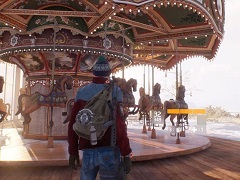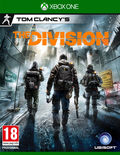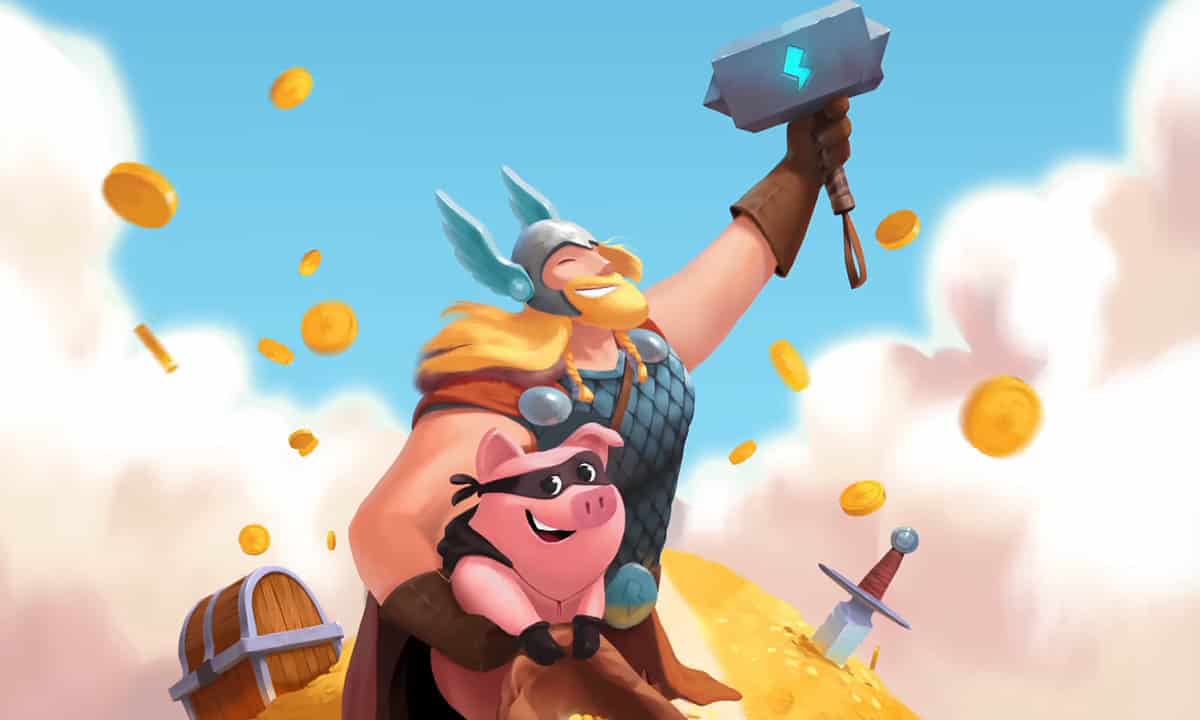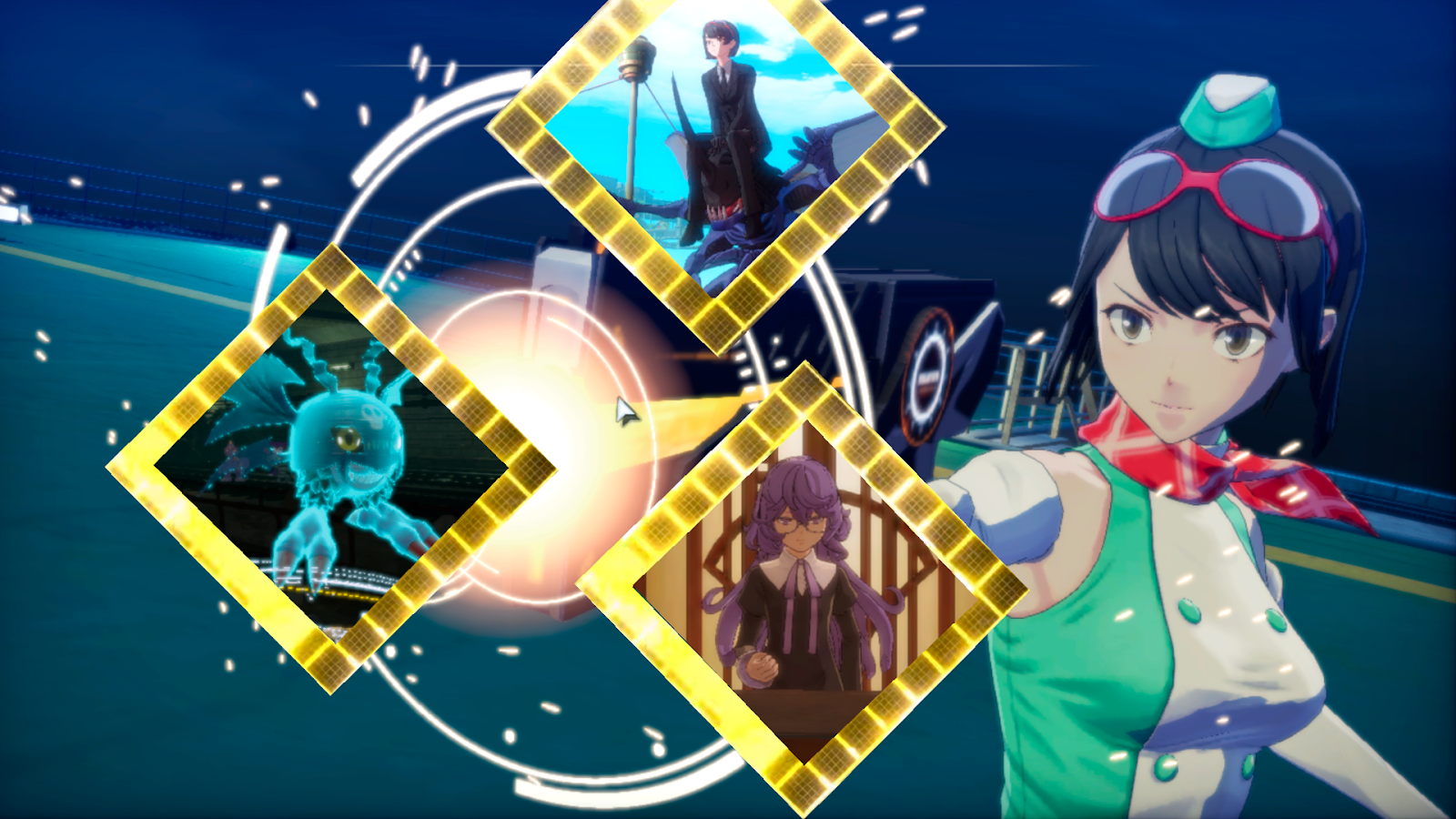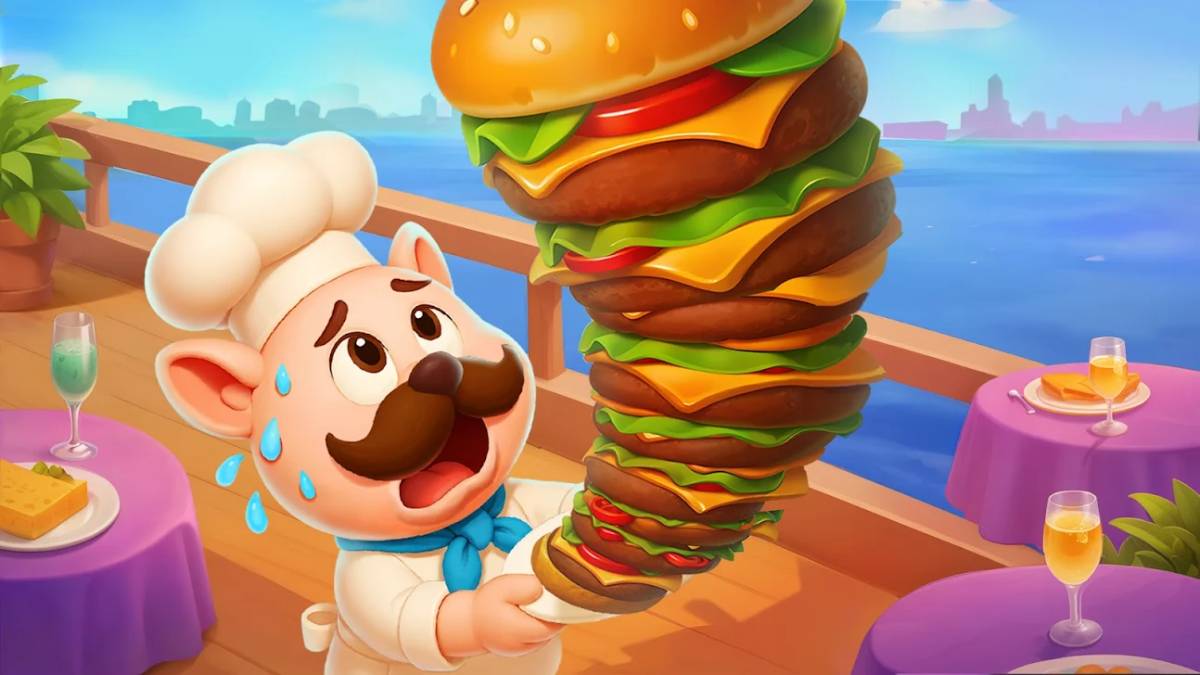You can trust VideoGamer. Our team of gaming experts spend hours testing and reviewing the latest games, to ensure you're reading the most comprehensive guide possible. Rest assured, all imagery and advice is unique and original. Check out how we test and review games here
Once you hit level 30 in The Division you have officially hit the level cap for the game, but that doesn’t mean you have to stop playing. The endgame in The Division makes things much, much harder for your agent, adding a ‘challenging’ difficulty to missions and smattering the Dark Zone with boss enemies to fight. Here are some advanced tips to surviving in the upper echelons of The Division.
Synchronise watches and get a squad
You’re going to need to squad up if you’re playing the endgame, and we mean a full squad, not just one other mate who happens to be on at the same time as you. Because missions always tend to go more smoothly if you’re playing with friends and you know everyone’s preferred tactics, you should ideally organise it so that’s who you’re playing with. It is, however, always better to go in with a squad of randoms than it is going alone or in a pair.
Mic Check
Most of the time if you’ve hopped into a team using matchmaking and nobody knows one another, you won’t actually be speaking to them. Everyone has mics off and nobody has to get on anybody’s nerves. At challenging difficulty, however, silence is not an option you can afford. You need everyone with mics up to call out warnings, sit reps, enemy movements, who can go and heal the squadmate who just went down, and so on. Having to wait for everyone to notice these things on their own takes far too long.
Do a lot of Dark Zone runs
Your Dark Zone rank is also capped, but far higher than 30 – one player has hit 99 on their DZ rank, which seems to be the limit – but that isn’t the only reason you should keep going back to the DZ. The DZ at higher levels is a good place to train up for endgame combat and Challenge Mode, because the enemies are always scaled up there anyway. It’s also where you’ll find the best equipment, which has even greater significance once you’ve reached level 30 with your agent. You can also use the DZ to farm for Phoenix Credits to buy better equipment. And, wouldn’t you know it, a lot of the best equipment is capped by your DZ rank.
Gear Up
So, as mentioned above, how good your equipment is is now the only way to further bump up your agent’s abilities. There is nowhere to go with higher level equipment, because everything is capped at 30, so it’s the quality and the higher stats on items that you need to improve your agent in combat. Do not shirk on this. You need to have all superior quality items minimum, with a view to replacing it all with high-end gear as soon as possible. If you don’t you’re going to learn your lesson the hard way (i.e. by dying in battle all the time, having to respawn at checkpoints, and replaying the same bits over and over again).
Pair up
A full squad means you have more options open, tactically speaking, but you should still never stray too far. If you split into pairs that are broadly responsible for reviving or healing the other when you go down then there’s less running back and forth under fire, and it’s quicker from an organisational standpoint. Always remember that in a lot of cases it’s better for the injured squaddie to crawl their way over to the healthy agent. The uninjured guy can stay under cover and keep firing to discourage enemies from getting closer, before doing the emergency medical care. You can heal someone even if they’re at an odd, or seemingly impossible, angle from you, so take advantage of that.
Signature skills
You need at least one of each of the three signature skills on your squad, and if you’re asking us (which, since you’re reading this, you sort of are) we’d use the last slot to double up on Recovery Link, the medical signature skill. In a difficult fight it’s more useful to have a surplus of healing skills than anything else, and since it’s an area of effect skill that needs everyone to be within range it’s good to have more than one potential deployment of it in your squad – especially if the squad has gotten a little divided.
Talents are as important as skills
If you’ve got this far in the game it means you’ve realised the importance of different skill sets and have at least some theoretical ability to change your active skills in line with what other people in your squad are using. Good. Now you need to take a serious look at the talents too. You’ve probably already played around with them a bit, but it’s easy to forget to change them up or check the new ones. At this late stage in the game they can be almost as much as a game changer as the skills, although their effects aren’t as immediately visible.
Check which ones your squadmates are using, and see if the ones you currently have active are the best ones for the way you’re playing. Better still, see if there are any that will make you play better to take advantage of them, like Tactical Advance, which buffs your damage every time you move, thus giving you a reason to keep switching cover. There are also some good ones that boost your teammates as well as yourself.
Stamina is a key stat for everyone now
For a lot of the game you could concentrate on increasing the attributes that you like the most, and that fit with your preferred class style. Well, sorry, but this is the endgame, and stamina just became the most important stat for everyone. If you play missions at challenging level difficulty then you’re in danger of going down to some one-shot-one-kill elite enemies as soon as you get onto the battlefield. Stack those stamina points, and stack them high. We’re talking a stamina score upwards of 70,000 if you want to be safe.
Pick your shots wisely
Running out of ammo is a constant concern for anyone playing solo, and the same can apply here. If you’re not keeping enemies suppressed to help the group then don’t waste your ammo. Concentrate fire in bursts and always aim for the head as the most efficient way to deal damage and reduce shields. Look at the skill mods and talents that will return ammo for your main weapons, and make sure that you always know where the supply crate is in a mission (and that you don’t let the enemy get between you and it, as much as you can). You should also invest in a good quality sidearm, since that has unlimited ammo, and you can use it as a finisher on enemies with low health.
Pay attention to your threat level
Threat level is a stat related to your gun, and generally yours will be pretty high by the endgame, but the enemies will go for whoever shooting at them has the highest. You can reduce the threat level on your weapon with mods, but make sure you know who has the highest threat on your squad (ideally it should be someone who’s happy tanking and drawing aggro, but high DPS builds can also have high threat levels). Whoever it is will need the most medical support, because they’ll be drawing the most fire, ergo the most damage. Make sure that support is actually provided and they’re not left hanging. That’s bad teamwork.
Frag grenades are now the least useful grenades
Yes, frags are do the most damage, and this makes it seem like they’d be the best ones to use, but consider the fact that enemies can absorb a huge amount of aforesaid damage now. What you need is to disable them so that you can still shoot them but they, hopefully, will not be able to shoot you as much. Use tear gas, flash bang, and shock grenades to potentially stun, paralyse and otherwise disable the enemy. EMP grenades are great if you’re up against mechanics, because it’ll take out their turrets and stop them deploying a new one, and incendiary ones can be alright, because they do damage over time and also carry a slight chance to stun. Frags? Not so much.
Mark priority enemies
Here’s the thing: an enemy pretty much always does the same damage no matter if he’s fresh onto the field or limping around nearly dead. This means that having four wounded enemies isn’t necessarily any better than four at full health, as far as incoming damage goes. You need to be efficient, which means concentrating fire. The leader of a group can mark a target (up on the d-pad) so you can prioritise them and take them out quickly. One less angry person with a gun to worry about.
Know the mission parameters
This is a fancy way of saying ‘play the mission through on normal or hard first’, so you can get to know the map, where resupply crates are, and when combat triggers. It’ll also give you the broad strokes of the enemies you’ll be facing in said combat. This way you can plan ahead a bit, know which positions your team can take up, and be prepared for snipers or bosses before they even arrive. It should make your endgame runs that little bit more successfully.
Tom Clancy’s The Division
- Platform(s): PC, PlayStation 4, Xbox One
- Genre(s): Action, Shooter, Third Person
